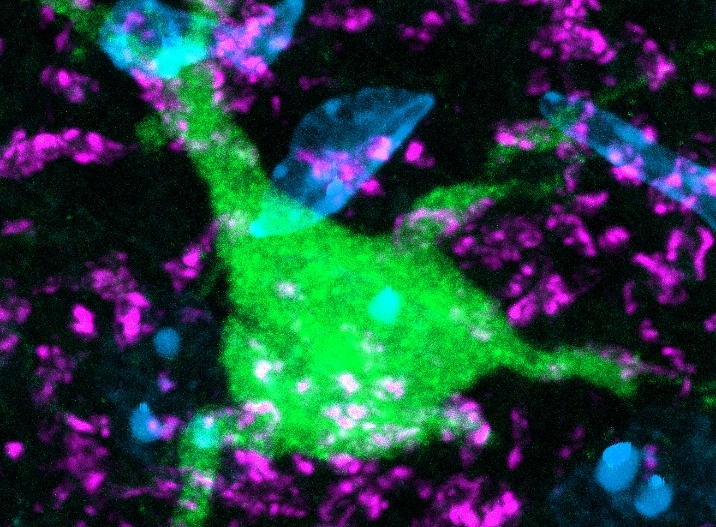Today’s mobility system is in need of a fundamental change. It faces several challenges, which are caused by automobility in particular. Think about pollution, congestion and the negative contribution to CO2 emissions. ICT applications provide potential solutions. These so-called smart mobility solutions generated much enthusiasm and experimentation. It is, however, unclear what the role of these potential solutions will be in the larger process of needed fundamental change. That is why Tanja Manders studied how such smart mobility initiatives unfolded in the context of the Netherlands.
By drawing upon insights from Transition Studies, Manders found that the initiatives unfolded into two distinctive niches. “One is an organized, technological, automated mobility niche that contains experiments for immediate transport problems, such as vehicles that communicate or are self-driving. This type of experimentation is driven by a few large incumbent actors, like the national road agency,” explains Manders.
She continues: “The other is a less organized niche of more diverse and sustainability-oriented mobility services, such as car sharing or multi-modal mobility services. This niche involves outsiders, like start-ups, and experiments on shared and multi-modal forms of mobility.”
Combining both niches leads to greatest transformative potential
The automated mobility niche is mostly concerned with technological optimizations in line with the existing automobility system and trying to keep cars on the road. Manders: “Because they fit the existing system so well, these solutions have a fair chance to be adopted. But the mobility services niche is possibly more disruptive in nature as it advocates a different and less dominant role for the car, with greater potential to address sustainability challenges.”
To generate the greatest transformative potential, it would be most interesting to combine both niches and also include electric mobility, according to Manders.
Transforming the automobility system is not enough
However, while smart mobility initiatives have a certain disruptive potential, the developments are still mainly happening on a small scale and it is also questionable whether smart mobility will be able to address sustainability concerns. Should we then disregard smart mobility? “Not completely, because some interesting and relevant dynamics emerge from the initiatives, such as connecting different actors from previously separate sectors, such as automobility and public transport,” says Manders.
Hence, the potential of smart mobility is not necessarily about transforming the automobility system, but about connecting modes of transport that already existed but were previously separately organized, and integrating new forms of mobility in with them. Manders concludes: “In this role, smart mobility can play an important role in the process towards a sustainable mobility system.”






